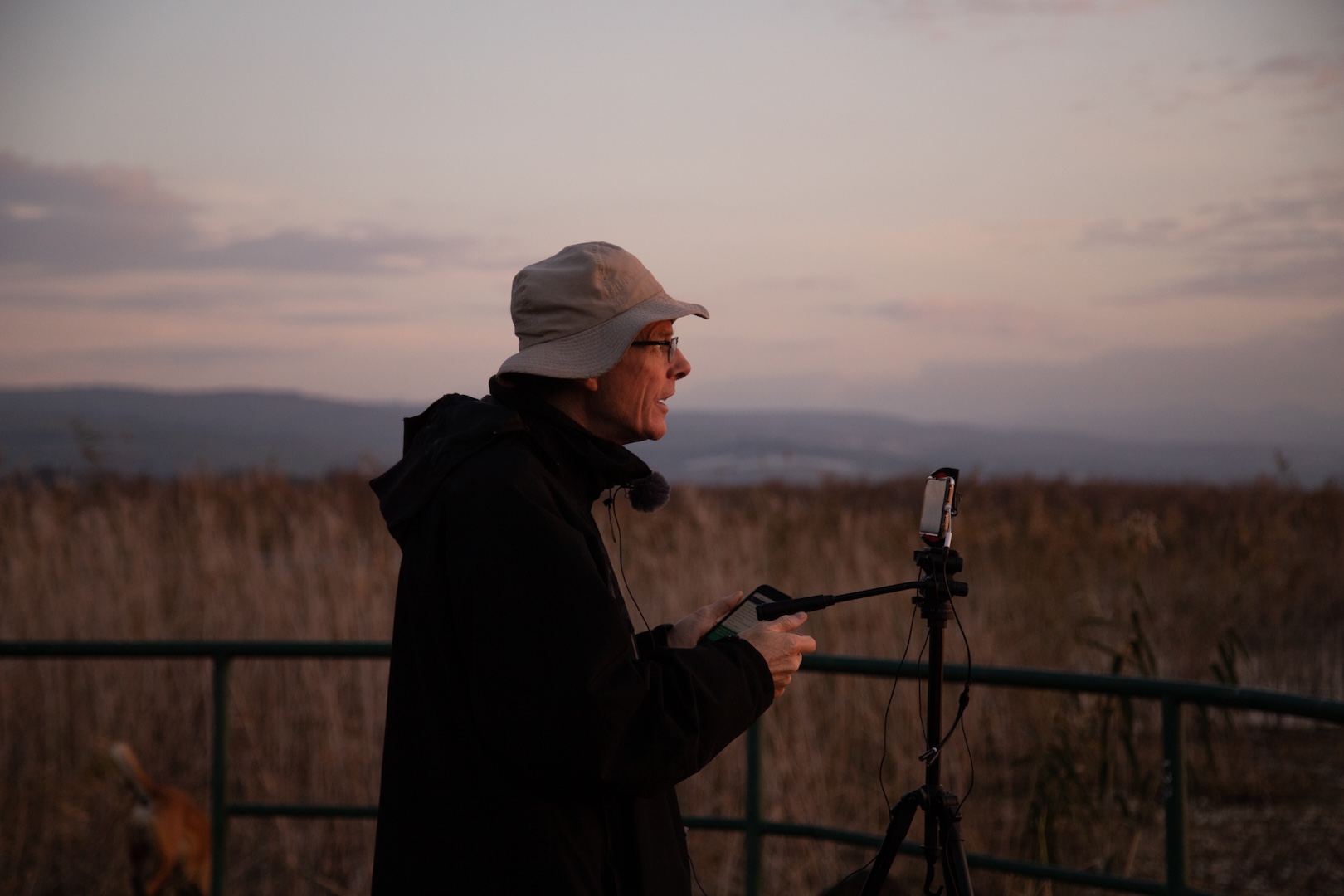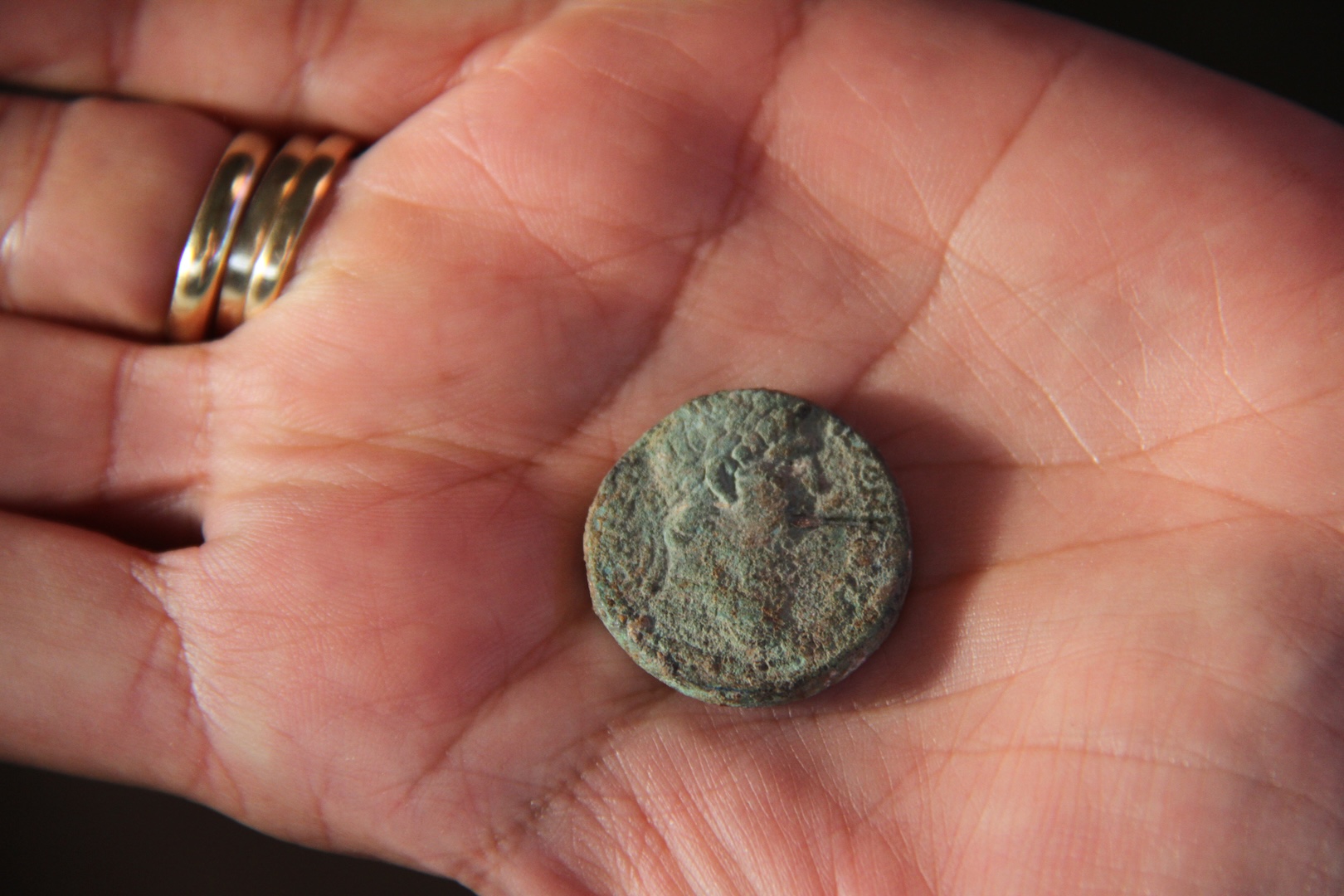In 1807 the German explorer Ulrich Jasper Seetzen arrived on the Gennesaret plain. He was accompanied only by a guide named Hussein, and they entered the plain of Gennesaret from the north. Next to the abandoned caravanserai of Beit-Zeide (today Horvat Minnim), the guide told Seetzen that he had lost his coat and asked him to wait for him while he went to look for him. Borrowing his horse and pistol, he set off.
But let us allow Seetzen himself to continue telling us his story: “I waited [my guide] for some time, but to no effect […] The country was solitary and uninhabited; the little plain which extends from thence to Mejdel was covered with brushwood. The night was approaching, and convinced that Hussein had treacherously deserted me, I thought only of escaping from a place so full of danger. In proceeding a little further, I was on the point of falling into the hands of two Arabs who were concealed in the wood; I, fortunately however, escaped from them and arrived an hour after sunset in the little Mahommedan village of Mejdel, situated on the bank of the lake, where I passed the night. The next morning, I arrived happily at Tiberias.”
Seetzen’s account gives a good idea of how dangerous the area northwest of Lake Tiberias had become, but, at the same time, it provides a beautiful glimpse into the people of Mejdel-Magdala: at least that night, the Magdalenes gave refuge to our troubled adventurer.
Discover more articles from this category







